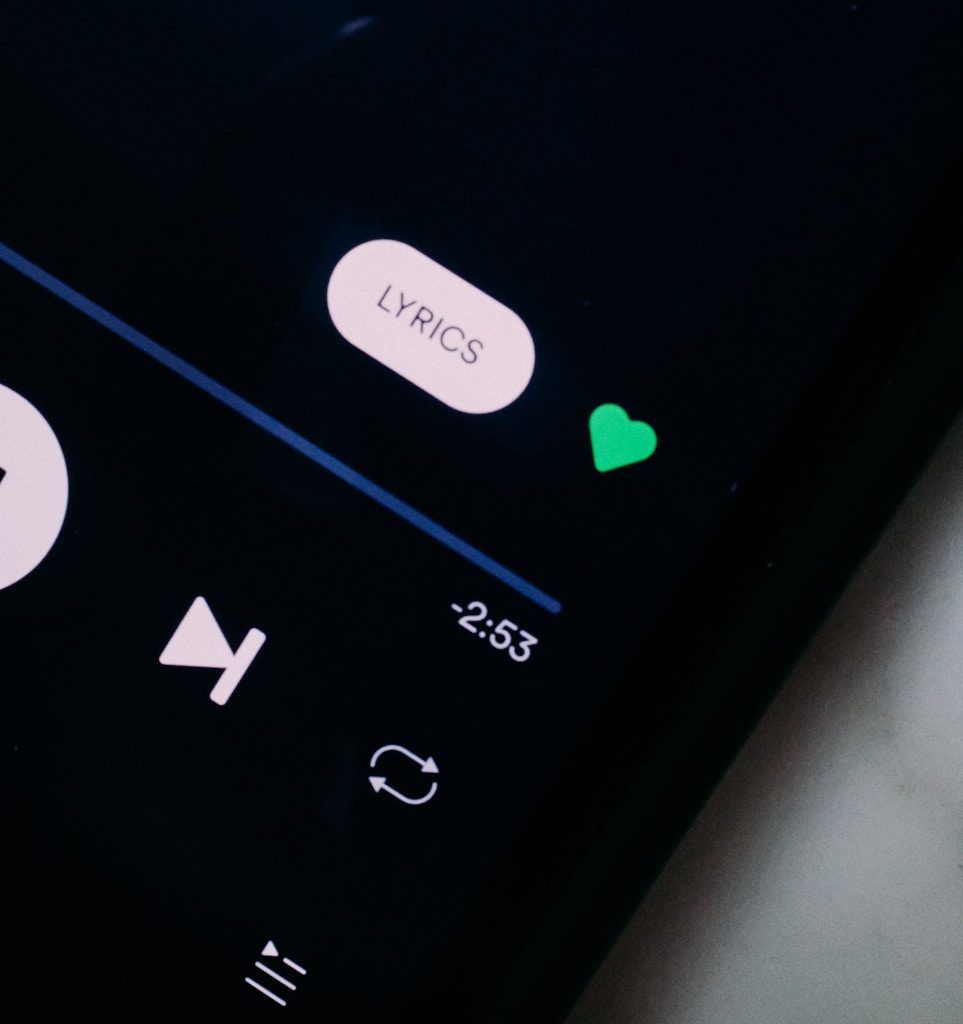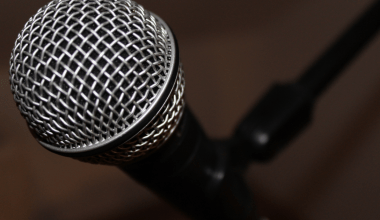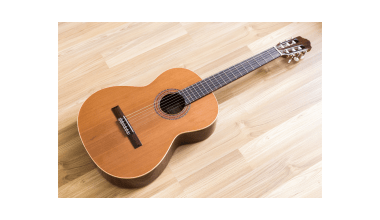Music is powerful. It has the ability to evoke emotions, set the tone for projects, and bring creative visions to life. But using a song in your movie, ad, podcast, or even a YouTube video isn’t as simple as just hitting play. To do it legally, you need to get the rights to the song. This might sound complicated, but don’t worry—we’re here to break it all down for you in the simplest way possible.
By the end of this blog, you’ll know exactly how to secure the rights to a song. We’ll also guide you through the different types of rights, the key players involved, and the steps you need to take.
Understanding Song Rights
Before diving into the process, let’s start with the basics. Songs have two primary types of rights:
- Copyright for the Composition: This covers the lyrics and melody of the song. Think of it as the blueprint of the music.
- Copyright for the Sound Recording: This refers to the specific recording of the song you want to use.
To use a song legally, you’ll often need permission for both these rights.
Why Do You Need Song Rights?
Whether you’re a filmmaker, content creator, or business owner, using a song without proper rights can lead to serious consequences. These include:
- Legal penalties, such as fines or lawsuits
- Your content being taken down
- Damage to your reputation
Getting the rights not only keeps you safe but also supports artists and the music industry.
Who Owns the Rights to a Song?
Here’s where things get a bit tricky. A song’s rights are often split among different parties:
- Songwriters: They own the composition rights.
- Music Publishers: They represent songwriters and manage licensing.
- Record Labels: They own the recording rights.
- Performing Rights Organizations (PROs): They help manage performance rights for public use.
Knowing who owns what is key to getting the right permissions.
Steps to Get the Rights to a Song
1. Identify Your Needs
The first step is understanding how you plan to use the song. For example:
- Will it play in the background of a video?
- Are you using it in a live performance?
- Do you need it for a commercial project?
Knowing your specific use helps determine what rights you need.
2. Find the Copyright Owners
To license a song, you need to contact the right people. Here’s how:
- Check with PROs like ASCAP, BMI, or SESAC for songwriter and publisher info.
- Look at the liner notes of the song or use online databases like Songview.
- Contact the record label for the master recording rights.
3. Request a License
Once you’ve identified the owners, reach out to request a license. Be clear about:
- How you plan to use the song
- The duration of use
- The audience size or reach
4. Negotiate Terms
Don’t be afraid to negotiate! Factors like your budget, the song’s popularity, and your project’s scope can affect licensing fees. Sometimes, smaller projects can qualify for lower rates.
5. Sign an Agreement
When both parties agree on the terms, get everything in writing. This legal agreement will outline your usage rights and protect you from future disputes.
Alternatives to Licensing Popular Songs
If licensing a hit song is too expensive, here are some alternatives:
- Royalty-Free Music: These songs are pre-licensed for specific uses and can save you time and money.
- Public Domain Songs: Older songs whose copyrights have expired can be used freely.
- Hire a Composer: Custom music can be tailored to your project and eliminate licensing hassles.
Common Challenges and How to Overcome Them
High Licensing Costs
Licensing fees can be steep, especially for well-known songs. To manage costs:
- Negotiate for a limited usage period
- Use less recognizable tracks
Slow Response Times
Rights holders, especially big record labels, can take a while to respond. Follow up politely and consider working with a licensing agency to speed things up.
Confusing Ownership
When ownership is unclear, platforms like the PRO databases or music licensing agencies can help you identify all the parties involved.
Conclusion
Getting the rights to a song might seem overwhelming at first, but with the right approach, it’s totally manageable. The key is understanding your needs, knowing who to contact, and being clear and professional in your communication.
Related Articles:
For further reading, explore these related articles:
- How to Cancel SoundCloud Go: A Step-by-Step Guide
- Apple Music Stats Tracker: Why You Need One and How to Get Started
For additional resources on music marketing and distribution, visit DMT Records Private Limited.






